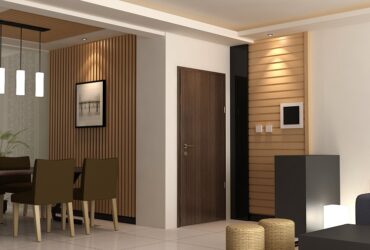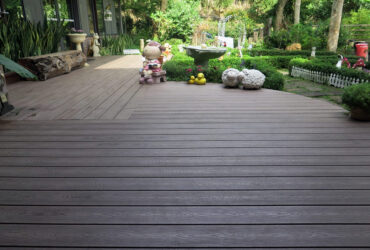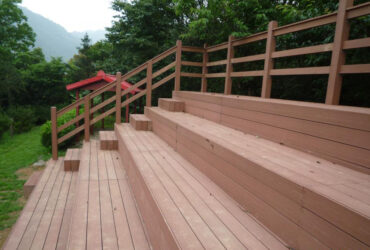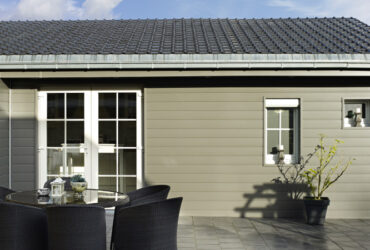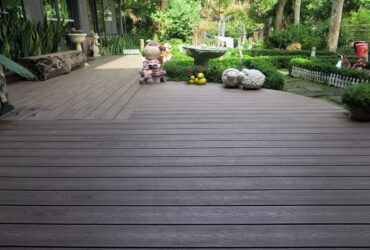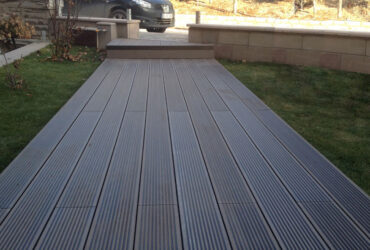Engineering Application Of Thermoformed Plastic Panel
Wood Plastic Composites (WPC) is an artificial material produced by mixing plant fibers and plastic particles, heating and extruding. As early as the 1920s, the patented wood-plastic technology appeared in Italy, and the produced wood-plastic was mainly used for automotive interior parts. But it was not until the 1990s that plastic wood was developed rapidly. After that, the application field became wider and wider. In addition to automotive interior materials, it was also widely used in various fields such as construction, packaging, decoration, and home furnishing. At present, wood-plastic materials are widely used in the United States, the United Kingdom and other western countries, with an annual growth rate of more than 10%.
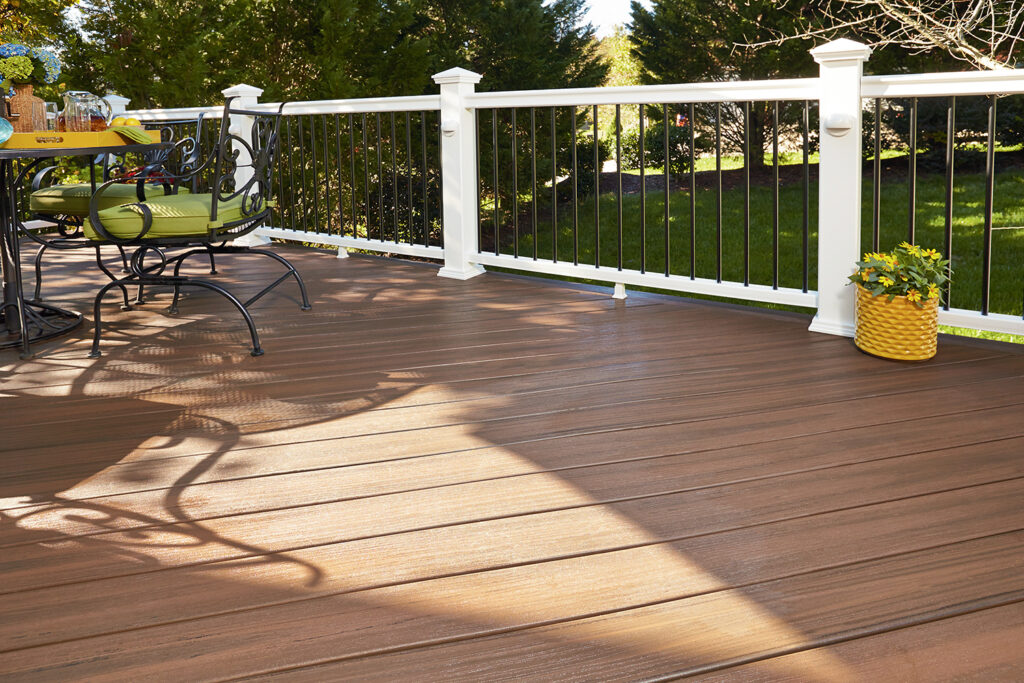
The main raw materials of plastic wood are plant fibers and plastic particles. Plant fiber has a wide range of sources and is a renewable and cheap green resource.According to statistics, the annual biomass production in rural areas around the world is about 30 billion tons, and the biomass energy consumption is only 1.3 billion tons. There are still 28.7 billion tons of biomass to be developed and utilized.And our country is a big agricultural country, there are at least 700 million tons of crop waste every year.For example, the annual production of waste wood in the UK is about 5-7.5 million tons, of which about 800,000 tons are recycled.However, the traditional wood-plastic production process is mainly extrusion.
The plant fibers used are mainly better biomass fibers such as wood powder. The proportion of plastic particles in the wood-plastic raw materials is relatively high. Therefore, the efficiency of producing plastic wood by extrusion is not high, and the cost is relatively high. On the basis of WPC molding mechanism and extrusion production process, the process of producing WPC panels by hot pressing and its application in engineering templates are added.
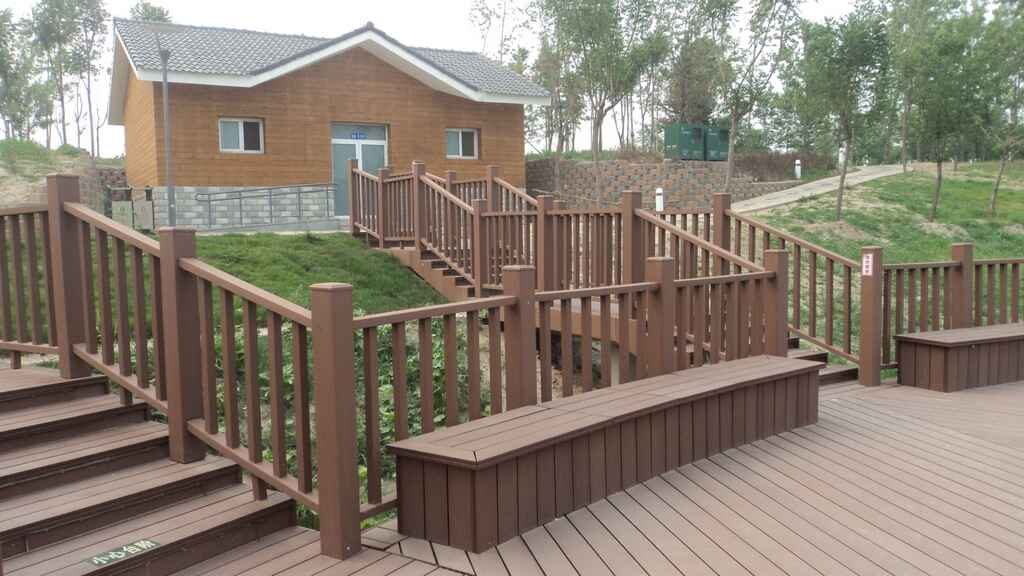
Plastic wood is widely used in engineering. The plastic wood board produced by hot pressing can be used as a building formwork. It has significant advantages such as good secondary processability and recyclable use. Ordinary plastic wood boards are used as building templates, and can be used for more than 30 times. If the surface of plastic wood boards is sealed with plastic during processing, they can be used for more than 50 times. After plastic wood turnover is used, it can also be crushed and processed into new plastic wood. The choice of plant fibers used in the production of plastic wood by hot pressing molding is very large. In addition to wood flour, very cheap plant fibers such as cotton stalks, peanut shells, and rice husks can also be used. The fineness control of plant fibers is also better than extrusion. The law is loose, and the engineering formwork has a very large market demand in our country. Therefore, the application of hot pressing method to produce plastic wood formwork has a very large development prospect in our country.

